Thinking of starting a bin in my basement
trpnbils
10 years ago
Related Stories

DECORATING GUIDESHow to Decorate When You're Starting Out or Starting Over
No need to feel overwhelmed. Our step-by-step decorating guide can help you put together a home look you'll love
Full Story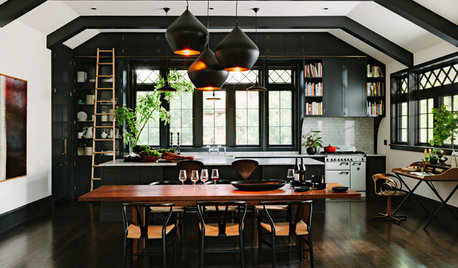
REMODELING GUIDESHouzz Tour: An Old Oregon Library Starts a New Chapter
With an addition and some renovation love, a neglected Craftsman building becomes a comfortable home and studio
Full Story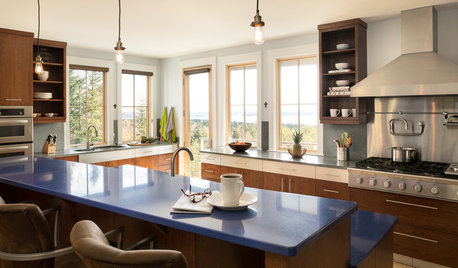
DECLUTTERING5 Ways to Jump-Start a Whole-House Decluttering Effort
If the piles of paperwork and jampacked closets have you feeling like a deer in the headlights, take a deep breath and a baby step
Full Story
MOST POPULAR10 Things to Ask Your Contractor Before You Start Your Project
Ask these questions before signing with a contractor for better communication and fewer surprises along the way
Full Story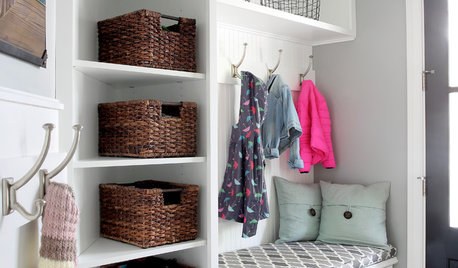
MOST POPULAROrganized From the Start: 8 Smart Systems for Your New House
Establishing order at the outset will help prevent clutter from getting its foot in the door
Full Story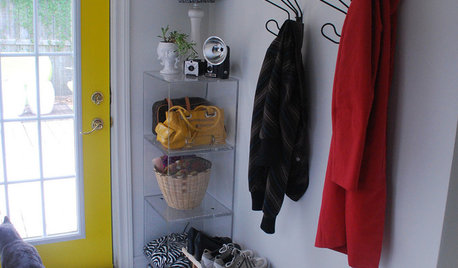
ENTRYWAYSOrganizing Starts at the Door
You don't need fancy bins and containers to keep your entryway tidy — just a system that sticks
Full Story
GARDENING GUIDESHouzz TV: Make a Worm Bin for Rich Soil and Happy Plants
A worm-powered compost bin that can fit under a sink turns food scraps into a powerful amendment for your garden. Here’s how to make one
Full Story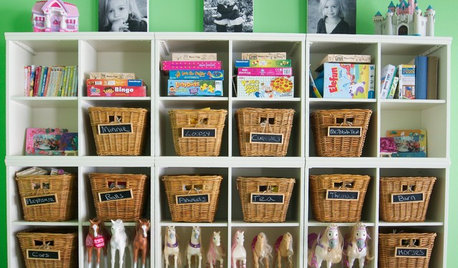
DECLUTTERINGTame the Toy Chaos: Bin Storage for All
New project for a new year: With bins, totes and shelves, a clutter-free playroom can be yours
Full Story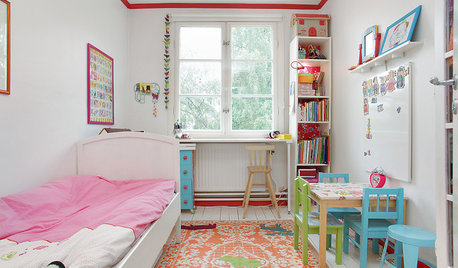
LIFEStop the Toy Takeover by Changing the Way You Think
Make over your approach and get gift givers onboard with your decluttering efforts by providing meaningful toy alternatives
Full Story
GARDENING GUIDESNew Ways to Think About All That Mulch in the Garden
Before you go making a mountain out of a mulch hill, learn the facts about what your plants and soil really want
Full StorySponsored
More Discussions






sbryce_gw
trpnbilsOriginal Author
Related Professionals
Middle Island Landscape Architects & Landscape Designers · Fair Oaks Landscape Contractors · La Verne Landscape Contractors · Rosemount Landscape Contractors · San Pedro Landscape Contractors · Weymouth Landscape Contractors · Laguna Beach Stone, Pavers & Concrete · Barrington General Contractors · Bowling Green General Contractors · Great Falls General Contractors · Millville General Contractors · Noblesville General Contractors · Saint Paul General Contractors · Vermillion General Contractors · West Lafayette General Contractorssbryce_gw
chuckiebtoo
trpnbilsOriginal Author
Niivek
chuckiebtoo
sbryce_gw
hummersteve